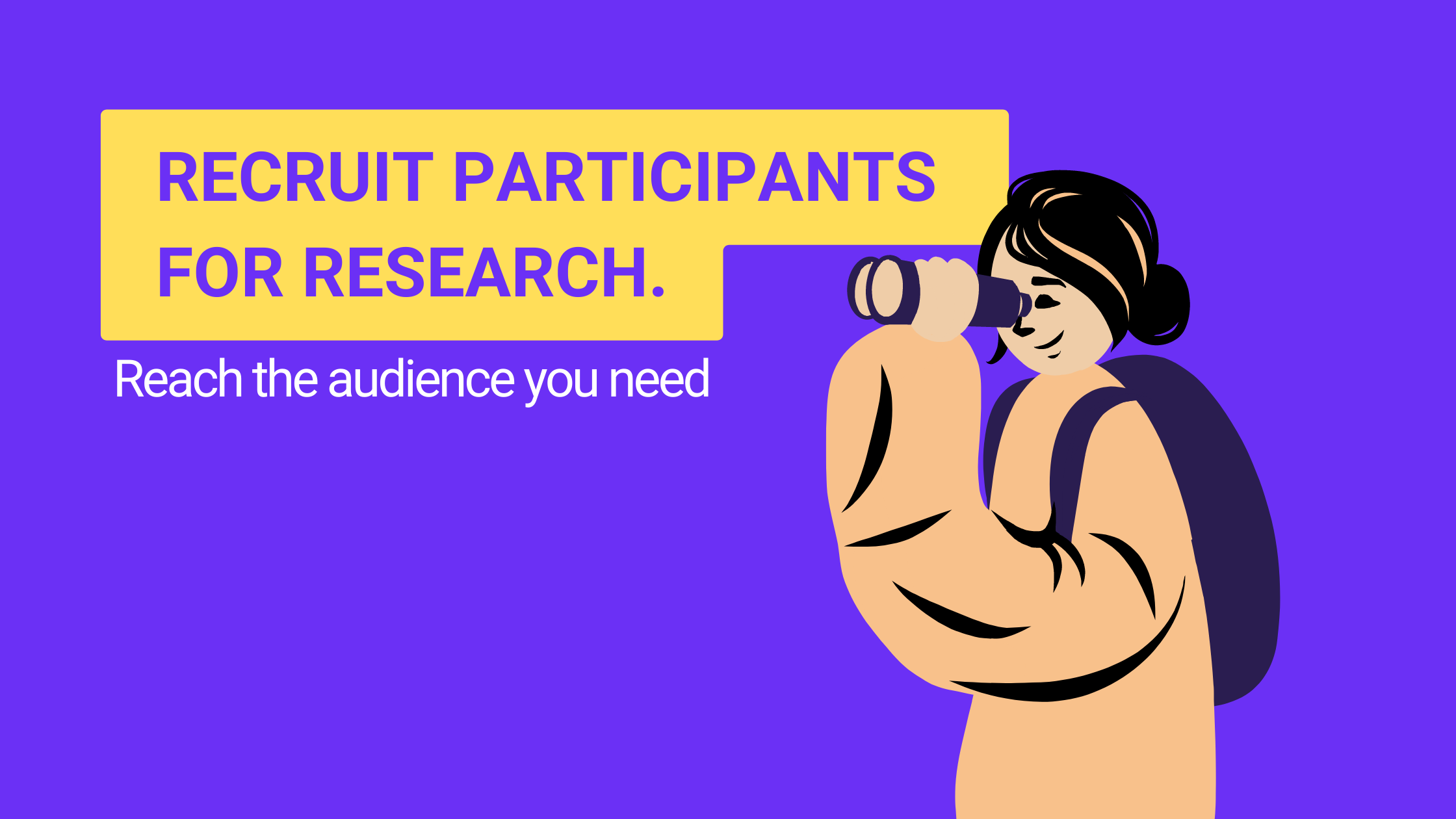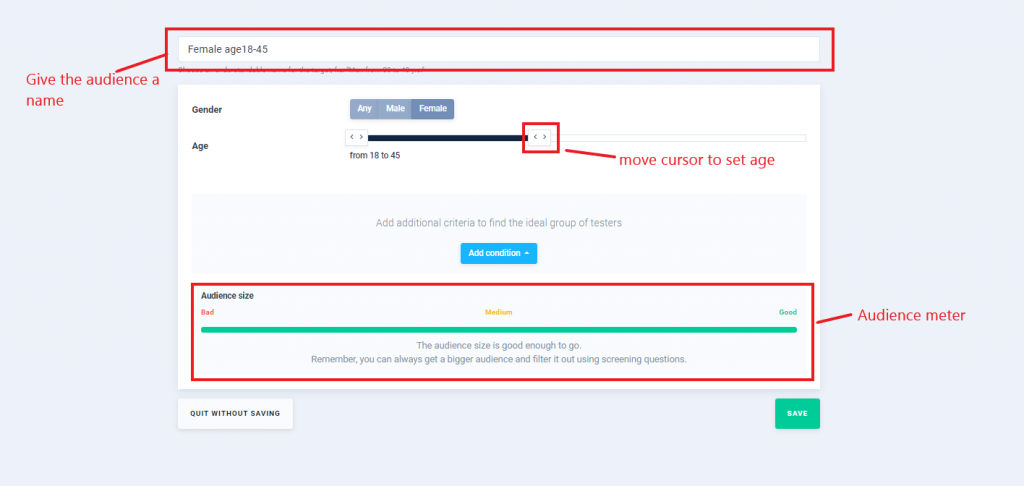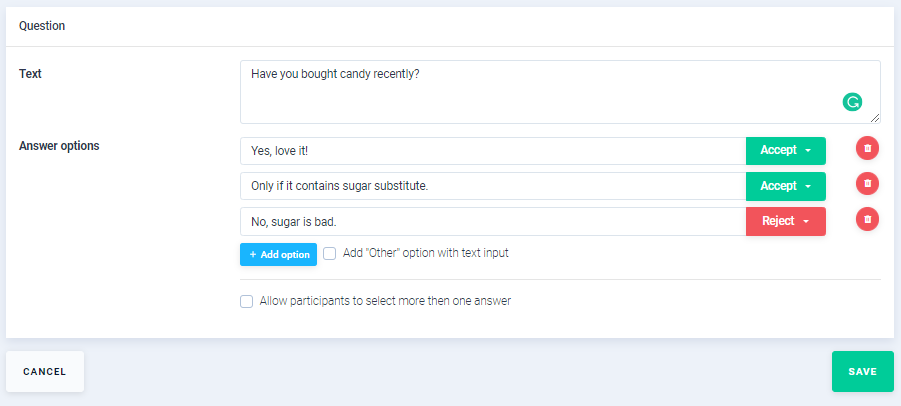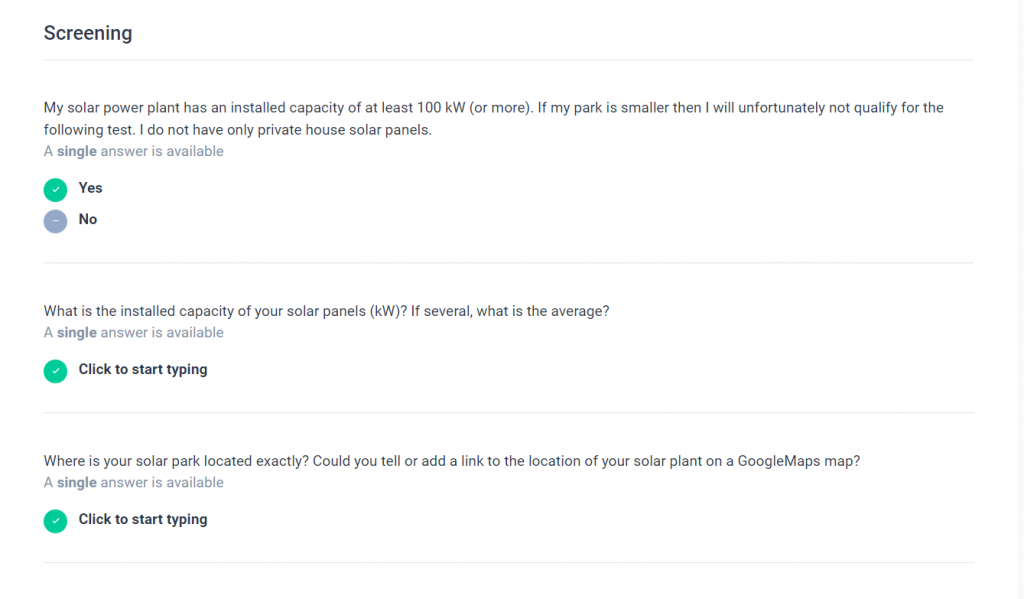Recruit hard-to-reach participants for qualitative research.

Recruiting hard-to-reach or niche participants for qualitative research can seem a tough job, especially if you have to find an unbiased audience. It takes a lot more time and strength to find people for user testing needs by yourself than it can be done with Sharewell recruitment tool. If you want to get results with user testing it is critical to choose the right audience.
Why is it important to recruit the right participants for qualitative research?
We can’t stress enough HOW IMPORTANT is recruiting the right participants for a user and usability testing. This is only one of the mistakes we have noticed in qualitative research. It is hugely important to gain feedback from the audience that already use/ will use your product—people who need to use your solution to ease their lives.

There are many ways how to reach unbiased niche participants for user research:
Recruitment post/ad on social media.
Many use this method, although it is very time-consuming and it is complex to filter out if participants really match your criteria. After publishing the post or ad, you have to be ready to answer endless questions about the place, time, research itself, and any other questions that might come up in the tester’s head. Also, it takes time for people to notice your post and apply.
Agency services.
Using a recruitment agency will be more expensive and you have to count on the time spent with the agency. If you have a fast development cycle and do tests frequently might be a good idea to choose another option. Also, agencies also search for people on-demand, while Sharewell have them already on-boarded and sorted
Professional research tools.
Nowadays, many online tools are created especially for this reason- hiring unbiased difficult-to-reach audiences for qualitative research. Bonus is that you won’t have to spend as much time scheduling interviews and explaining “what research is about” or deal with any other “people management.”
Recruiting participants for qualitative research with Sharewell.
Sharewell is created to ease the life of a researcher, whether it is about creating a test itself, scheduling interviews, finding the necessary audience, or analyzing the results.
There are 2 basic practices that will take your research further:
Using a basic audience filter:

Sharewell researchers can set audience requirements for gender, age, income, speaking language, country, city, working status & industry, salary, and seniority levels at test creation. You can also include multiple target groups of test users within a single study. This is great for ensuring you’re getting feedback from different audience segments.
Using screener questions:

Screener questions are multiple-choice questions that you propose to potential participants to exclude or include them based on your requirements. For example, if you need participants with a certain level of familiarity with your product, a screener question can determine if they’re appropriate for your study. You have the option to set up screener questions, which are multiple-choice questions that will allow users to participate in the test only if they meet specified criteria.
A real example:
There was a researcher who struggled to find test participants for her study. Let’s call her Anna. Anna wanted to understand what are the expectations of solar plant owners, what problems they have, and if their product is something that solar plant owners would use.
Annas company wanted to validate its assumptions and get feedback from solar park owners and investors from Poland. They had to have installed solar plants at least 100 kW capacity and above. She didn’t want to get feedback from household panels owners.
First, Anna used a basic audience filter. She set gender, age, and demographics. Then she set screening questions to select the niche audience she was looking for:

After 6 hours, Anna received her first results. That is way more faster than before when she tried to find an audience with social media help. She also didn’t have to spend time scheduling interviews, transcribing the text, or taking care of the technical side of the research project. She set the test in less than 30 minutes and received qualitative research results in a matter of hours. Anna continues her research using Sharewell because it helps her focus on the project, not test user management.
With the Sharewell platform, you can also conduct tests with your existing customers or audience. So, if you decide to seek an audience yourself, be sure to use Sharewell and know that everything is recorded, transcripted, and even a bit analyzed on forehand.


